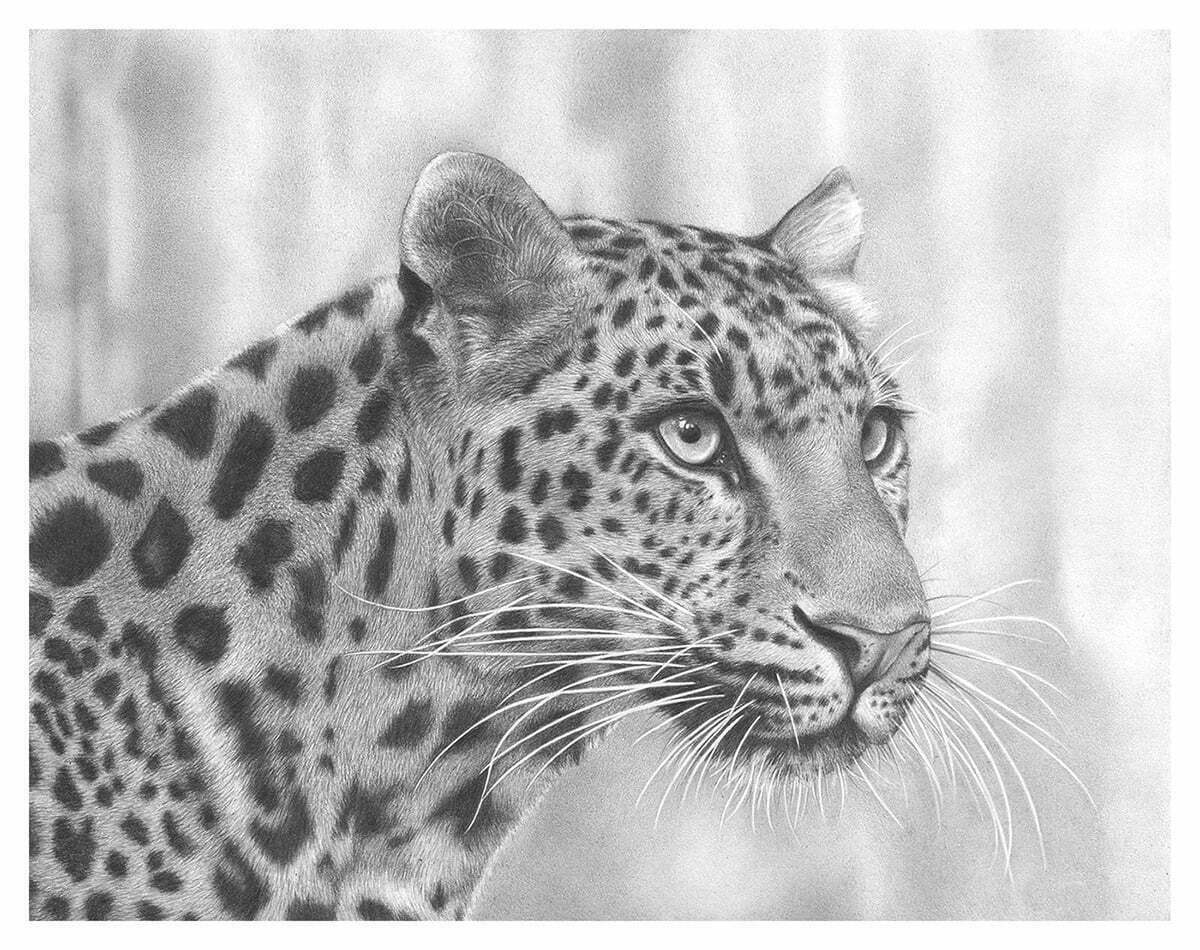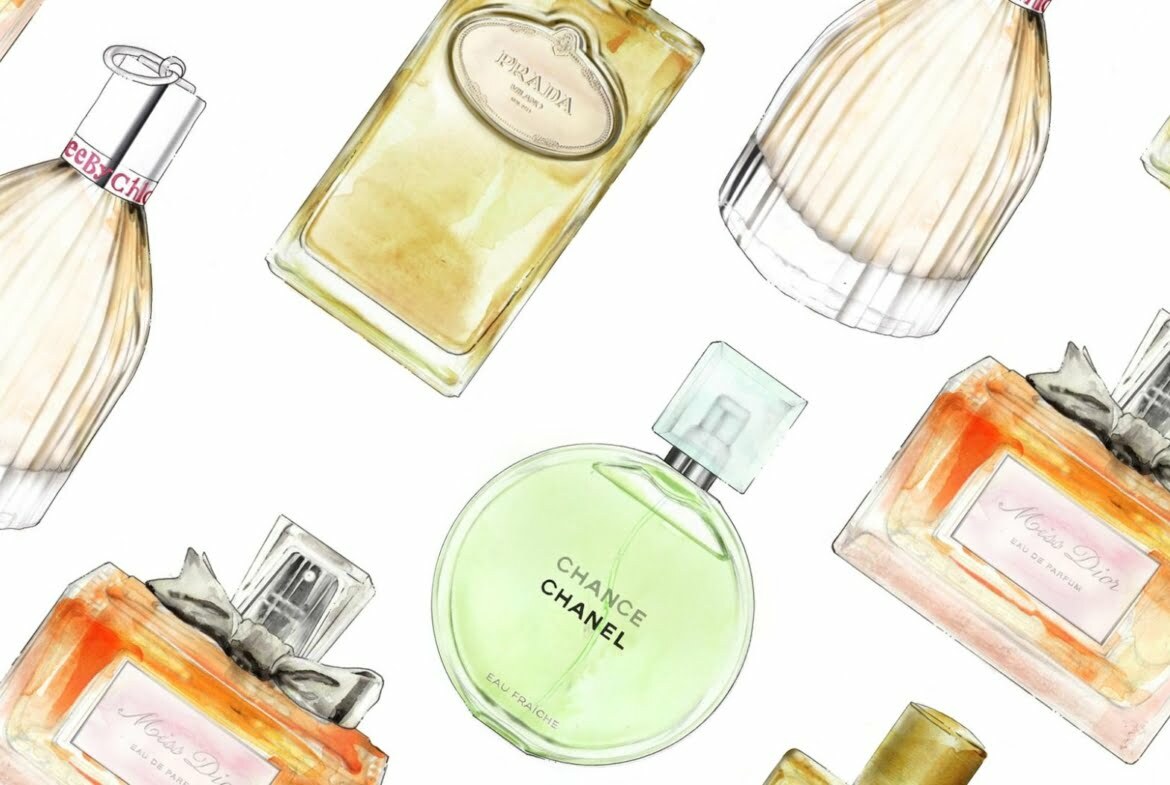
Hand drawn or traditional Illustration has seen a resurgence recently and it’s perception is it’s relatively quick and cost effective to produce. However, with todays advances in technology and the increasing use of digital platforms how do we select the right style for our projects.
Whilst original hand drawn/painted images may look great, we need to consider how well will this will scale if needed or how you reproduce it? Additionally, in today’s modern world we often see a collaboration between our animators/immersive teams and illustrators to create animated images/immersive experiences for many online platforms. Therefore clients are left wondering, which should we choose, traditional or digital?
That’s why at Illustration Agent we believe that it’s key to find you the right illustrator who understands your vision so they are able to breathe life and meaning into the images you are trying to create as well as ensuring the final image is fit for purpose going forwards.
When it comes to creating Illustrations they typically fall into 2 categories, traditional Illustration and modern (digital) Illustration. Traditional Illustration typically focuses on hand drawn and painted techniques whilst modern illustration embraces technology to produce digital images that are more agile and flexible and can easily be repurposed.
Types of Traditional Illustration
Pencil Illustration
Pencil is undoubtedly one of the most popular types of illustration styles. It is a versatile medium which allows the artist to use varying shades, effects and line weights to depict an image as well as using colour pencils to create stunning images.
Charcoal Illustration
Charcoal is not as precise as pencil illustration however it is very effective for blending. It is very useful for exploring light and contracts and enables artists to develop rich tonal values. This type of Illustration is often used in stories and portraits.
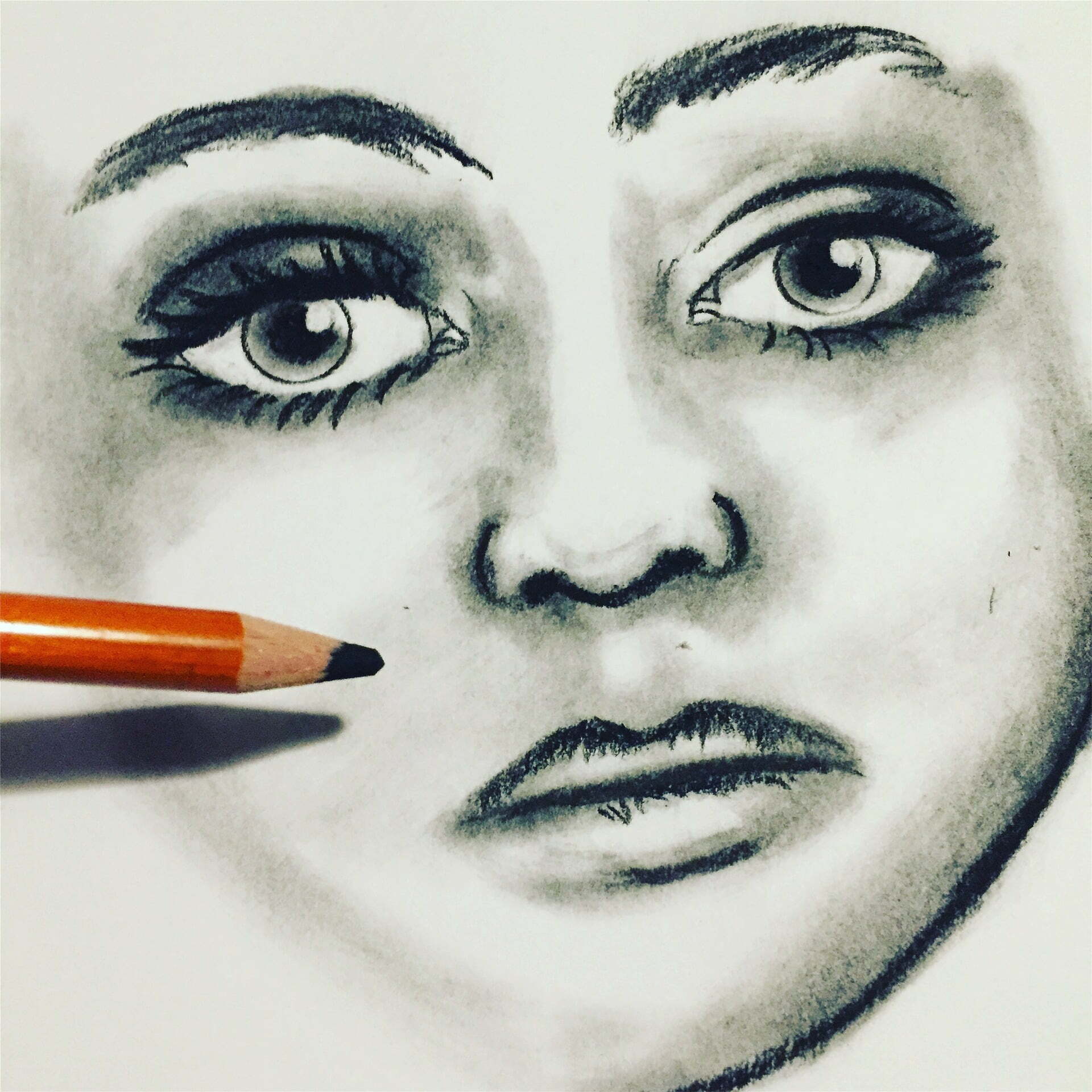
Pen and Ink Illustration
Pen and Ink Illustrations allow a high level of precision and detail and allow the illustrator to create detailed images with a single colour and varying tints. Typically, fine lines are used in conjunction with dots to create various textures and details particularly for technical drawings or diagrams.

Acrylic Illustration
Acrylic or oil painting is a very fluid material to work in that can be applied with a pallet knife or a brush. Acrylic dries quicker whilst oil takes longer. It’s a beautiful way to create images with a lot of depth to them. It takes time to learn this technique it but it’s a beautiful art form to master. It allows you to build up layer upon layer.
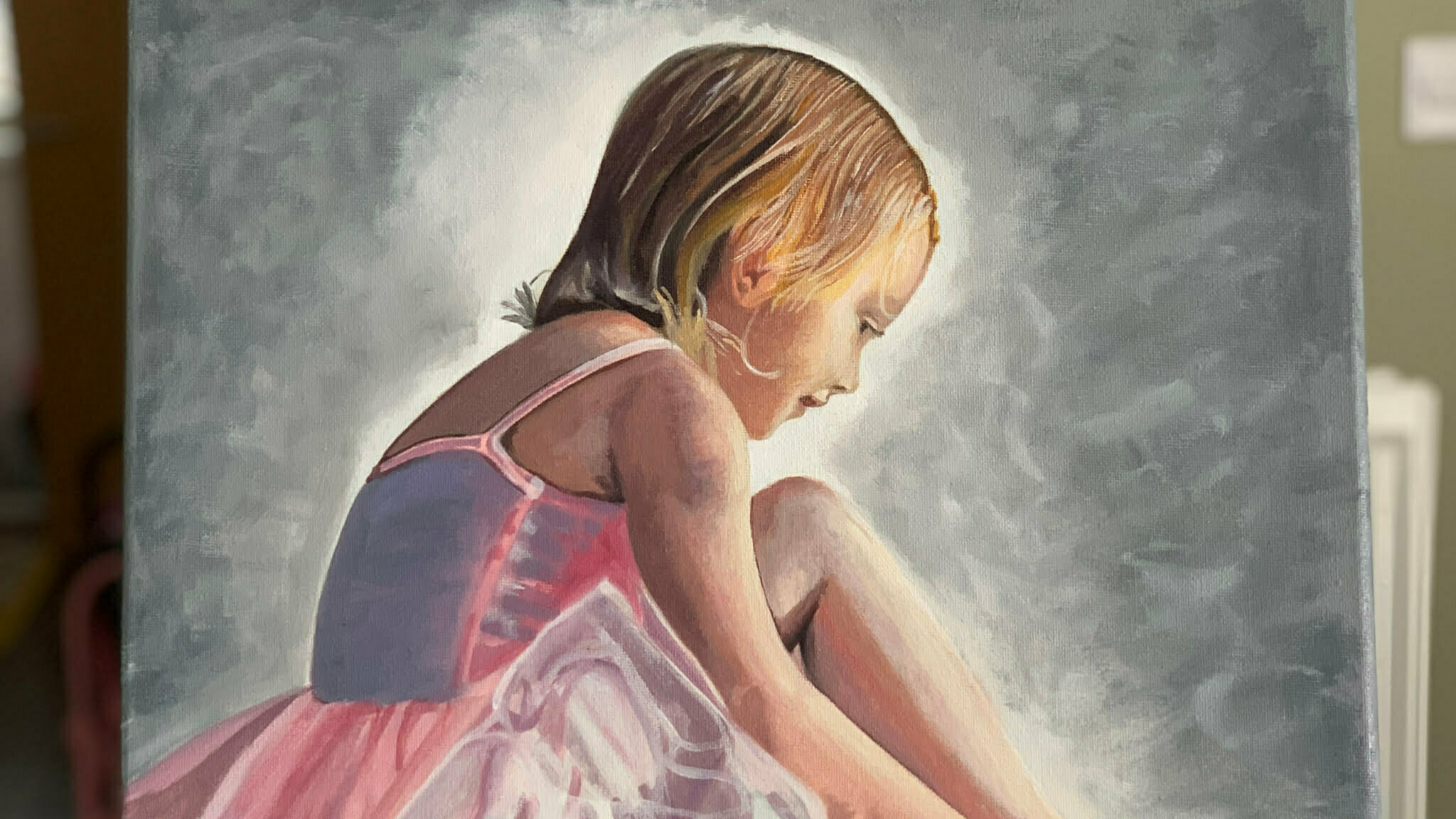
Types of Modern Illustration
Freehand Digital Illustration
Freehand digital illustration uses many of the traditional pencil, pen and ink techniques mentioned above but the artist creates the image digitally with a stylus and tablet. The benefit of this is the artist can create beautifully detailed images either in black and white or colour which can be amended easily. Whilst freehand digital illustrations give you more ability to zoom or enlarge images than traditional methods, they are created using pixel graphic software which means you are still limited as images will quickly become blurred or pixelated.
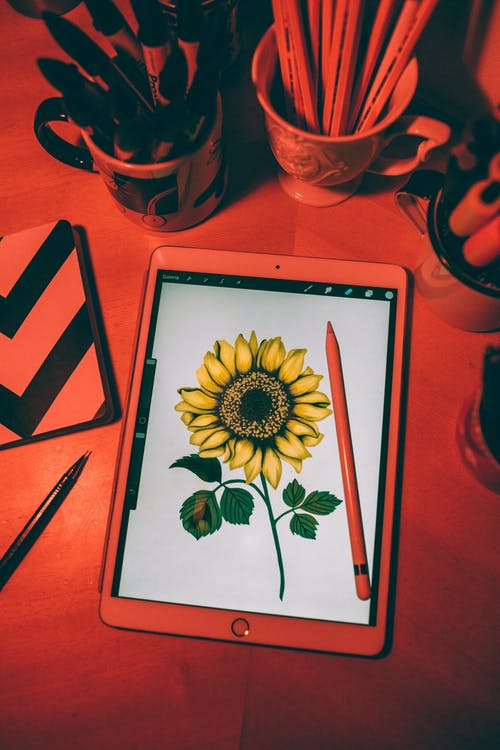
Vector Illustration
Vector Illustrations are the most widely used for digital graphics today. This is because of the wide range of benefits that they have over pixel graphics. Vector Illustrations have infinite resolution, which means they are easily scalable, they have a small file size and are easily manipulated, meaning they are easily reusable or repurposed. Vector Illustrations can also be animated or interactive enhancing the appeal.
So, whilst it may appear that traditional mediums have suffered to the advances of technology and digital illustrations, traditional images are making a comeback. Many Illustrators now work with digital methods and traditional techniques to create truly unique pieces of art, that are both beautiful and detailed yet scaleable and versatile. Covid has exponentially excelerated this as many of our artists have taken this opportunity to upskill and extend the usability of there images by learning how to animate traditional illustration techniques to make them fit for a modern digital age.
Take a look at some of our 2D illustration portfolios to discover more modern and traditional illustration styles.
If you would like to discuss finding the right illustrator for your project please give us a call on +44(0)20 3848 9030 and we will be happy to help!

